Can AI-Controlled Solar Lights Really Improve Outdoor Efficiency?
Smart home tech is everywhere—thermostats, doorbells, even fridges. Now, outdoor lighting is getting a brainy upgrade with AI-controlled solar lights. These aren’t just motion sensors or timers; they learn your habits, tweak brightness, and promise serious energy savings. But do they live up to the buzz? Are they worth the extra cash for your backyard, driveway, or business lot? Let’s dive into how AI makes solar lights smarter, how much efficiency they deliver, and whether the investment pays off.
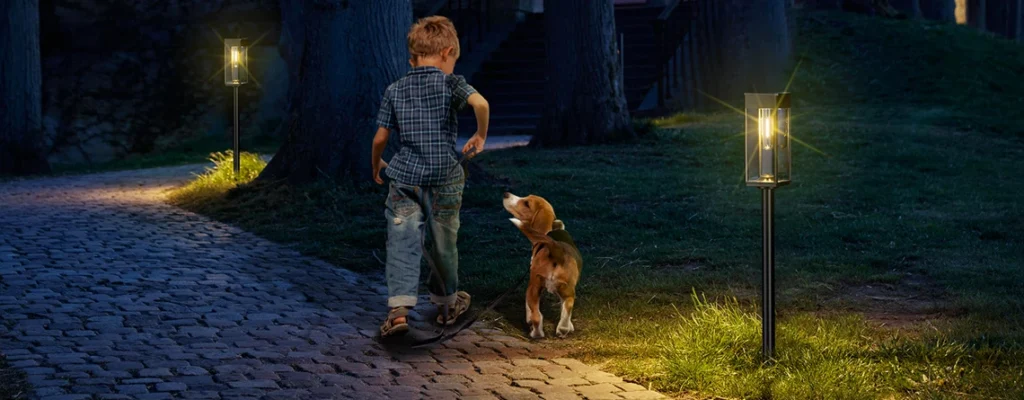
AI Solar Lights vs. Standard Smart Lights
Basic smart lights run on schedules—you set them to turn on at 7 PM and off at midnight. AI solar lights go way beyond that by adapting to your life. Here’s what sets them apart:
- User Behavior Learning: AI tracks when you’re outside. If your family uses the patio mostly before 10 PM, it dims or shuts off afterward, saving battery. Standard smart lights stick to rigid timers, wasting power if you’re not there.
- Weather Adaptation: AI checks local weather data (via app integration) and adjusts for cloudy days or rain, prioritizing battery conservation. Basic models don’t account for weather, so they might burn out faster in low sun.
- Advanced Motion Detection: AI distinguishes between meaningful motion (you walking up) and noise (a stray cat or wind). Regular smart lights often trigger too easily, draining power unnecessarily.
- Integration Perks: AI lights sync with systems like Alexa or Google Home, letting you control them via voice or app with custom settings. Basic ones might connect, but they lack the same depth of control.
The smart technology in AI lights feels like having a personal assistant for your yard. For simple setups, though, a $20 smart bulb with a timer might be enough.
How AI Boosts Energy Efficiency
AI’s big selling point is energy savings, and it delivers by optimizing every watt of solar power. Here’s how it makes a difference:
- Automatic Dimming: AI uses ambient light sensors to adjust brightness in real time. If moonlight or streetlights are enough, it dials down to save battery. Studies from brands like Philips show AI systems cut energy use by 30-50% compared to fixed-brightness lights.
- Predictive Algorithms: AI learns your peak usage times and pre-charges batteries for cloudy days. Research from Lutron found up to 25% less power waste in AI setups during low-sun conditions.
- Usage-Based Savings: Different scenarios show varied results. Here’s a breakdown:ScenarioBasic Smart SavingsAI Solar SavingsPatio (4 hrs nightly)10-15%35-45%Driveway (security)15-20%50-60%Garden Path (decorative)5-10%30-40%
- Real-World Impact: Users report 20-60% longer battery life with AI, meaning lights last weeks longer without recharge in sunny areas. In cloudy regions, AI’s weather smarts prevent outages by rationing power.
The efficiency gains are real, especially for heavy outdoor use. AI doesn’t just save energy—it makes your solar lights more reliable, even in tricky weather.
Is the Higher Cost Worth It?
AI solar lights aren’t cheap—$50-$150 per unit compared to $20-$50 for basic smart lights. So, does the investment pay off? Let’s run the numbers and look at practical factors.
-6-3-1024x400.webp)
- Cost Breakdown:FeatureBasic SmartAI SolarPrice per Light$20-$50$50-$150Battery Life1-2 years3-4 yearsInstallationPlug-and-playPlug-and-play + app setupMaintenanceBattery swapsBattery swaps + app updates
- ROI Timeline:
- Initial Cost: 10 AI lights at $80 each = $800. Basic smart lights = $300.
- Year 1 Savings: AI saves $15-$25/light in equivalent energy (longer battery life, no grid power). That’s $150-$250 for 10 lights.
- Year 2-3: Cumulative savings hit $300-$500, breaking even by year 2.5.
- Years 4-10: Savings pile up to $700-$1,000, assuming batteries last 3-4 years ($100-$200 to replace).
- Business Case: For a parking lot with 20 lights, AI’s $1,600 upfront cost versus $600 for basic smart lights recoups in 1.5-2 years, saving $2,000+ over a decade due to high usage.
- Rebates and Incentives: Some cities offer 10-20% rebates for energy-efficient lighting, cutting upfront costs. Check local programs to sweeten the deal.
Drawbacks? If your outdoor use is minimal (like a rarely-used garden), basic smart lights are fine. AI shines for busy spaces or tech-heavy homes. Setup takes longer—expect 10-20 minutes per light for app pairing. And if the app crashes or needs updates, that’s a hassle basic lights avoid.
Practical Tips for Going AI
Ready to try AI solar lights? Here’s how to make the most of them:
- Start Small: Buy one or two lights to test. Brands like Ring or LIFX offer 30-day returns if the AI doesn’t impress.
- Check Compatibility: Ensure lights work with your smart home (Alexa, Google, etc.) for seamless control.
- Optimize Placement: Position panels for max sun exposure. AI can’t fix a shady spot.
- Stay Updated: Keep the app and firmware current to avoid glitches in learning algorithms.
- Monitor Savings: Use the app’s energy tracking to see real-time efficiency gains—most show battery life and usage stats.
Businesses with large lots (restaurants, offices) see the fastest returns. Homeowners with active outdoor spaces—like frequent barbecues or kids playing—also benefit big. If you’re off-grid, AI’s battery optimization is a lifesaver.
What’s Next for AI Lighting?
The tech is evolving fast. AI lights are starting to link with security cameras, sprinklers, and even weather stations for a fully connected yard. Prices are dropping—down 15-20% annually as brands like Wyze and TP-Link jump in. Future updates might include voice-activated scene changes or integration with electric vehicle chargers for a unified energy ecosystem. For now, the smart technology is mature enough to trust but new enough to feel cutting-edge.
Conclusion: Hype or Real Value?
AI-controlled solar lights aren’t just a fad—they deliver serious efficiency for outdoor spaces. With 30-60% energy savings and batteries that last longer, they outshine basic smart lights for anyone with heavy outdoor use. The upfront cost stings, but most users break even in 2-3 years, then pocket savings for years after. If your yard is a weekend-only spot, stick with cheaper timers. But for tech lovers, businesses, or eco-conscious homeowners, AI lights are a practical leap forward. They’re not perfect—app glitches and setup time can annoy—but the blend of solar power and AI smarts is a bright step toward a greener, cheaper future.

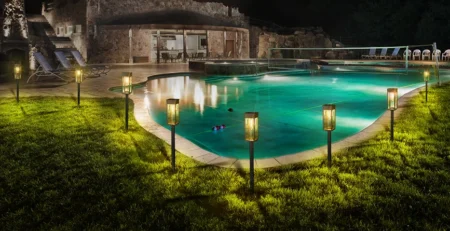
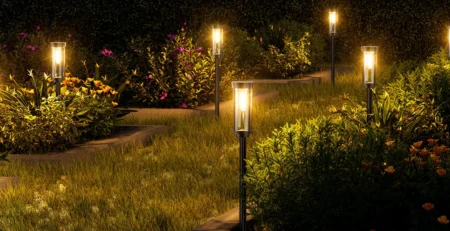
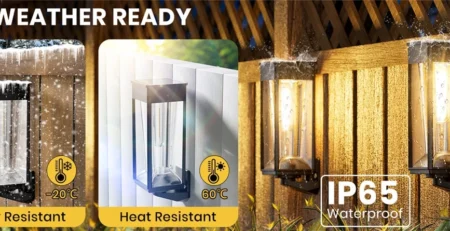
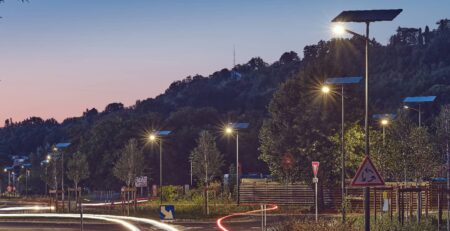
-4-450x231.webp)

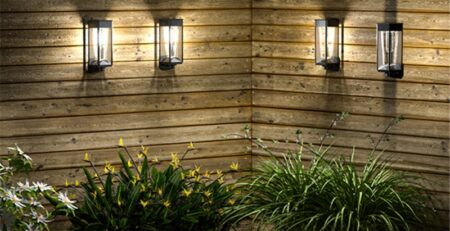
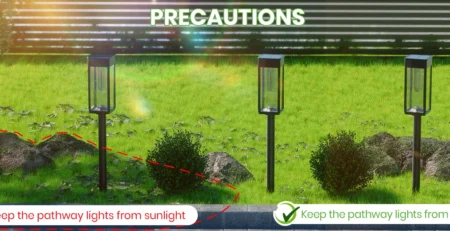
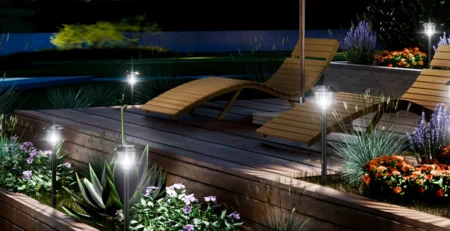

Leave a Reply